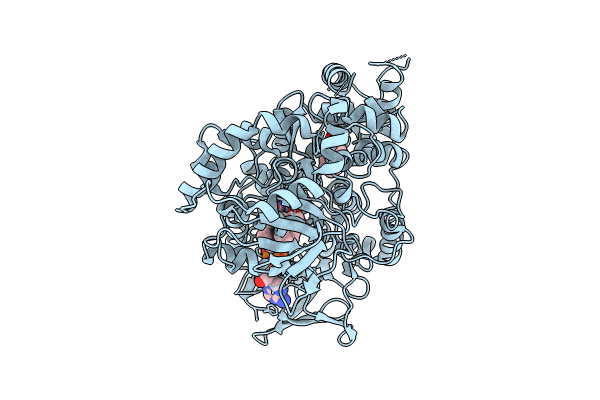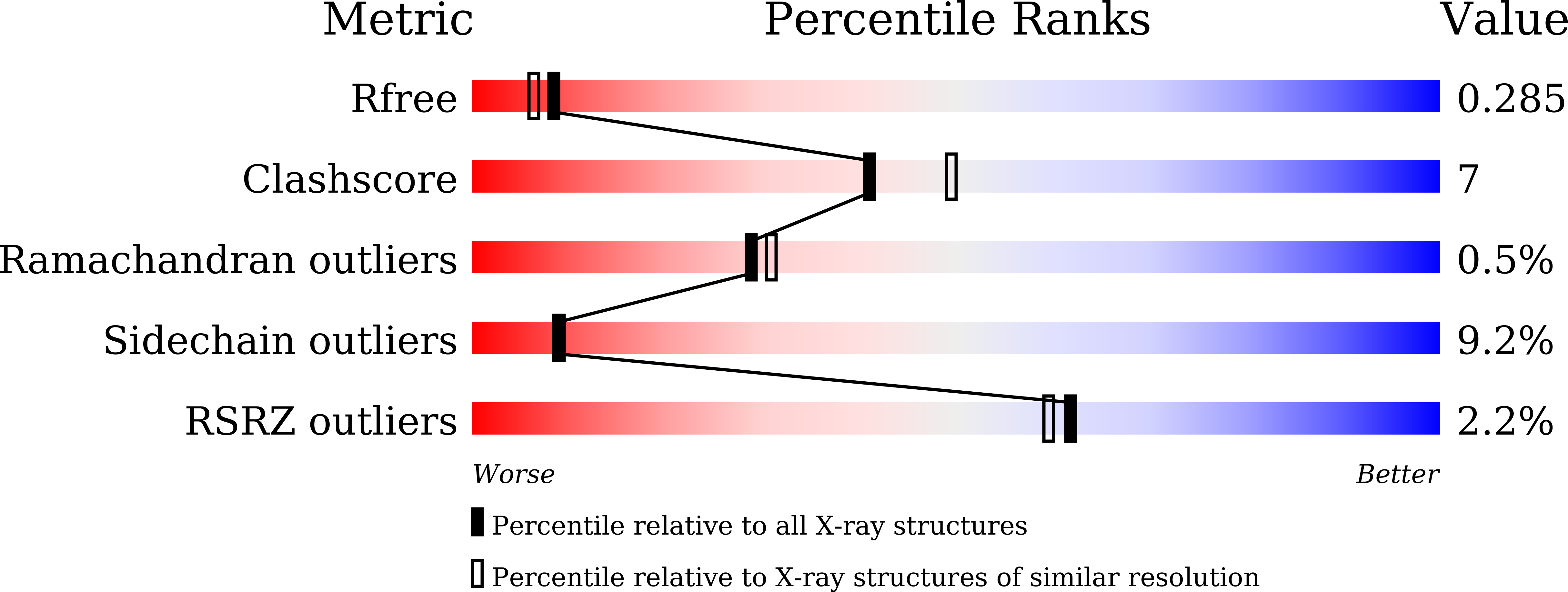
Deposition Date
2023-07-04
Release Date
2024-01-17
Last Version Date
2024-06-05
Entry Detail
PDB ID:
8JZ3
Keywords:
Title:
Crystal structure of AetF in complex with FAD and L-tryptophan
Biological Source:
Source Organism:
Aetokthonos hydrillicola Thurmond2011 (Taxon ID: 2712845)
Host Organism:
Method Details:
Experimental Method:
Resolution:
2.20 Å
R-Value Free:
0.28
R-Value Work:
0.20
R-Value Observed:
0.20
Space Group:
P 21 21 21


